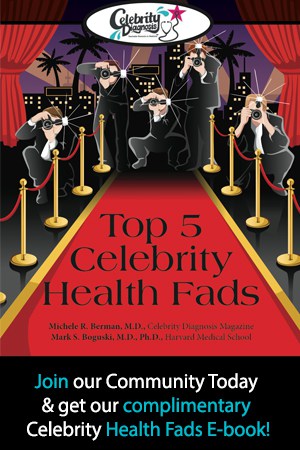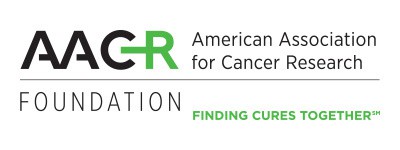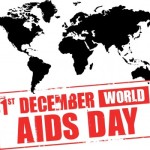Something Fishy about Jeremy Piven’s Appearance on Letterman

This week Entourage actor Jeremy Piven talked to David Letterman on Late Night about the controversy surrounding his sudden withdrawal from David Mamet’s Broadway show Speed-the-Plow last December. Piven reported that he was told by his physician that he had mercury poisoning, most likely caused by his diet of twice a day sushi and Chinese herbs. He had been complaining of extreme fatigue, dizziness, and difficulty moving his arms and legs, and was eventually hospitalized for three days. Playwright Mamet was apparently unconvinced, and told Daily Variety: “I talked to Jeremy on the phone and he told me that he discovered that he had a very high level of mercury….So my understanding is that he is leaving show business to pursue a career as a thermometer.” Although producers of the show sued Piven for breach of contract, an arbitrator ruled in Piven’s favor last week.
According to the Environmental Protection Agency, symptoms of mercury poisoning include:
- Impairment of the peripheral vision
- Disturbances in sensations (“pins and needles” feelings,numbness) usually in the hands feet and sometimes around the mouth
- Lack of coordination of movements, such as writing
- Impairment of speech, hearing, walking;
- Muscle weakness
- Skin rashes
- Mood swing
- Memory loss
- Mental disturbance
In Alice in Wonderland (1865), Lewis Carroll selected a hat maker as the demented host for the tea party. Hatters of the time commonly exhibited slurred speech, tremors, irritability, shyness, depressionand other neurological symptoms; hence the expression “mad as a hatter.” Carroll was probably unaware that the hatter’s disabilities were symptoms of mercury poisoning. In the mid-1800s hat makers used hot solutions of mercuric nitrate to shape wool felt hats. They typically worked in poorly ventilated rooms leading to chronic occupational exposure to mercury and neurological damage followed.
Accumulation of mercury in fish is well-known, however authorities believe levels are not harmful if fish is eaten occasionally. Pregnant women are advised to limit seafood and fish consumption to avoid potentially high levels of mercury. However, fish is not the only way mercury exposure occurs Over 100 tons of mercury are released annually into the air by U.S. industries - primarily coal-fired power plants, municipal waste combustion facilities, and incinerators that handle medical waste. Mercury also finds it way into landfills across the country in the form of fluorescent light bulbs, thermostats, and electrical components (including components still used in automobiles). (Source: EPA)
| Resounding Health(tm) Mercury Poisoning |
[AMAZONPRODUCT=B001AQO3V0] [AMAZONPRODUCT=B0011UO91E]
[AMAZONPRODUCT=B000RC2ES2] [AMAZONPRODUCT=B000MLWQ68][AMAZONPRODUCT=B000F1IQI2] [AMAZONPRODUCT=B000ASDFDQ] [AMAZONPRODUCT=B002BWOYKC] [AMAZONPRODUCT=B002ANHH2O]
























0 comments